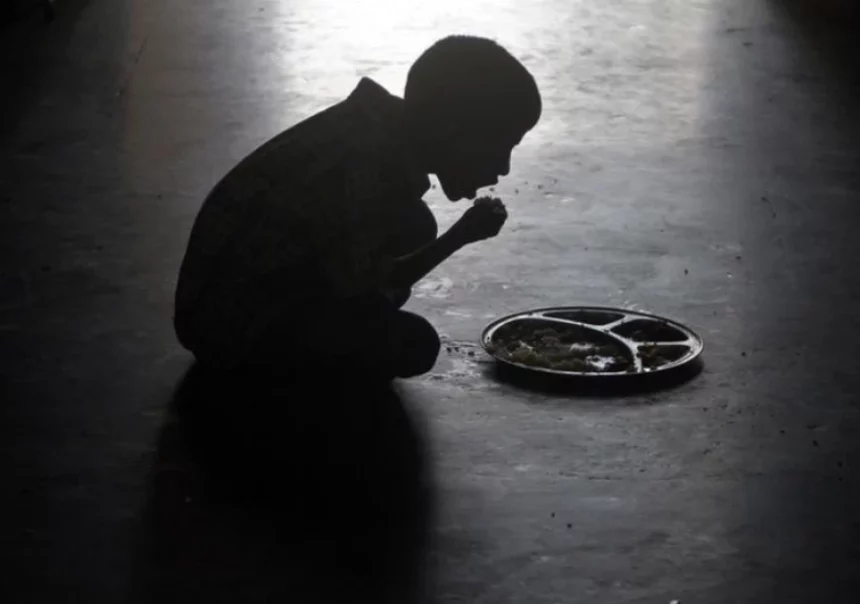Female-led households in Kenya have a high poverty rate compared to those headed by men, a Kenya Continuous Household Survey (KCHS) by the Kenya National Bureau of Statistics (KNBS) has shown.
The Kenya Poverty Report of 2021, which focused on the consumption expenditure of households, showed that female-led households are poorer (38.8%) compared to those headed by men (32.7%).
A further comparison indicated that female-led households in rural areas have a higher poverty rate (42.5%) than those in urban areas (31.9%).
The survey released by KNBS further shows that poverty levels are higher in homes where the family head (male) is polygamous or widowed.
“Polygamy and widowhood are associated with high levels poverty nationally (both at over 40%). In both rural and urban areas, households with a monogamous married head had lower poverty rates,” the Poverty Report by KNBS said.
Within the polygamous marriages, the households headed by a female had the highest headcount poverty of 49.4% nationally.
While polygamous households in urban areas have the highest propensity of poverty at 54.8%, households where the head was never married and resided in urban areas recorded the lowest poverty rates of 18.8%.
The poverty rates of households was also linked to their sizes, where those with 1 to 3 members were less poor, as compared to those with 7 members or more.
In addition, the poverty was linked to the education level of the head of the household, where poverty levels decline as the level of education for the household head increases.
“Poverty rates were found to be highest (66.9%) in urban households headed by an individual with no formal education and lowest (2.6%) in urban households whose head had acquired a tertiary level of education or higher,” the report indicated.
The survey also found that households headed by 15-19-year-olds, 20-29-year-olds as well as 30-39-year-olds tend to have the lowest poverty headcount rate of around 25%, whereas households under the headship of the elderly (70+ years) residing in rural areas suffer the highest levels of poverty of at 51.2%.
In compiling the poverty statistics, the food poverty lines for rural areas were KSh. 2,331 in 2021 and KSh 2,905 urban households, where those below this line were poor. The 2021 KCHS data showed a decline in food poverty headcount rate to 30.5%.
“The overall poverty rate declined substantially from 36.1 per cent in 2015/16 to 33.6 per cent in 2019, implying that 15.8 million people lived below the absolute poverty line. The overall poverty rate increased to 42.9 per cent in 2020, which translates to 20.9 million individuals who lived in overall poverty. A decline was observed in 2021 to overall poverty headcount rate of 38.6 per cent, implying that 19.1 million individuals lived in overall poverty,” the report said.



